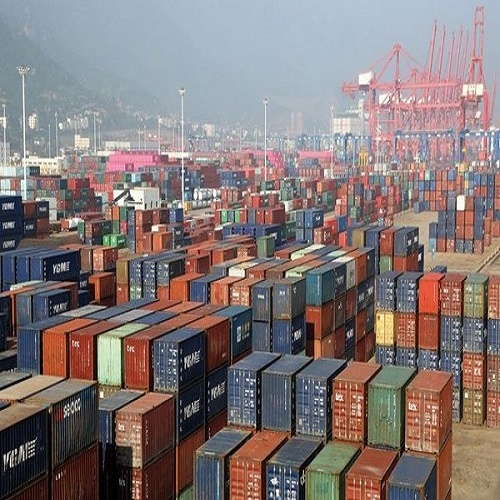Tehran [Iran], July 25 (ANI): The commencement of operations at the Chabahar Port has emerged as a silver lining for Iran as the port is located at an ideal strategic location connecting the Indian subcontinent with both Afghanistan as well as Central Asian countries such as Kyrgyzstan and Uzbekistan to emerge as a hub of regional trade through promoting maritime trading operations.
Chabahar is located in south-eastern Iran at the mouth of the Gulf of Oman and is blessed with an ideal strategic location connecting the Indian subcontinent with both Afghanistan as well as Central Asian countries such as Kyrgyzstan and Uzbekistan.
The Chabahar Port offers significant reductions in both cost and shipping times for goods and cargo for trade between India and Afghanistan, as well as for trade between the Indian subcontinent and Central Asia.
Iran has for long struggled, both economically and geopolitically, due to persistent sanctions imposed upon it, and the hostile attitude it has faced from the US and other Western countries but the development of the Chabahar Port has allowed Iran a lifeline to emerging as a hub of regional trade by promoting these maritime trading operations, political analyst Valerio Fabbri wrote in his blog for Russian International Affairs Council.
Amid the hesitancy of Central Asian states like Kazakhstan to support Russian efforts in Ukraine, Iran has built consensus around longer-term commitments to the Chabahar Port as a primary trading hub.
Moreover, at a recent India-Central Asia summit, Iran and India showcased their commitment to providing Central Asian countries a stake in the Chabahar Port, setting aside dedicated areas for their trading operations and an agreement was reached as well to simplify customs processes and rules to ensure unhindered movement of goods, stated Valerio Fabbri.
Iran’s ability to project power through Afghanistan had been held in check by the presence of US forces in the country, but the US withdrawal and the accompanying power vacuum left Iran with new ways to exert leverage, both diplomatically and through proxy militant groups, from Afghanistan into Central Asia.
Notably, the Chababhar Port exists in contraposition to Pakistan’s Gwadar Port, which Pakistan hoped would emerge as a regional powerhouse, however, its location in an inhospitable region has proved a problem as the Pakistani authorities made a major error of alienating its local population in Balochistan by excluding the people from the benefits of Gwadar’s development.
The operational aspect of Chabahar Port is significant because it unlocks trading routes that were unviable previously and will help Iran to establish novel trading routes and bring both prosperity as well as diplomatic leverage for Iran over Central Asia, the blog stated.
Kyrgyzstan officials have stated that the transit duration for goods between Kyrgyzstan and India could be reduced from the current duration of 30 to 45 days to just two weeks if the Chabahar Port is used.
At a time when Tehran has been globally isolated and has battled against persistent sanctions, the Chabahar Port has allowed it a crucial opportunity to position itself as a hub for regional trade and has gained it a measure of ascendancy in relation to its neighbouring Central Asian countries, as well as with reference to Pakistan and Afghanistan.
The Chabahar trade routes represent a 60 per cent reduction in shipping costs and a 50 per cent reduction in shipment time between India and Central Asia. The port not only benefits Iran but also allows Afghan traders direct access to the end consumer with a concomitant increase in profitability.
Recognizing the potential trading opportunities as well as present difficulties faced by Afghanistan, the Iranian and Indian administrations have taken steps to ease Afghanistan’s transition to Chabahar as its primary trading outlet.
India started interacting with Iran on Chabahar Port around 2003 but a major push was received in the second half of 2014, resulting in the signing of an MoU between the two countries for the development of the port in May 2015. This MoU translated into a formal 10-year contract for equipping and operating the Chabahar Port, which was executed in May 2016. (ANI)












